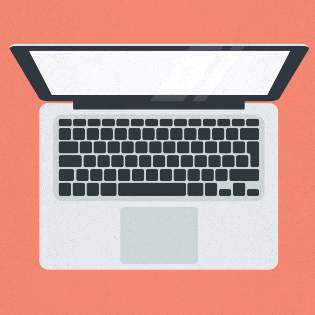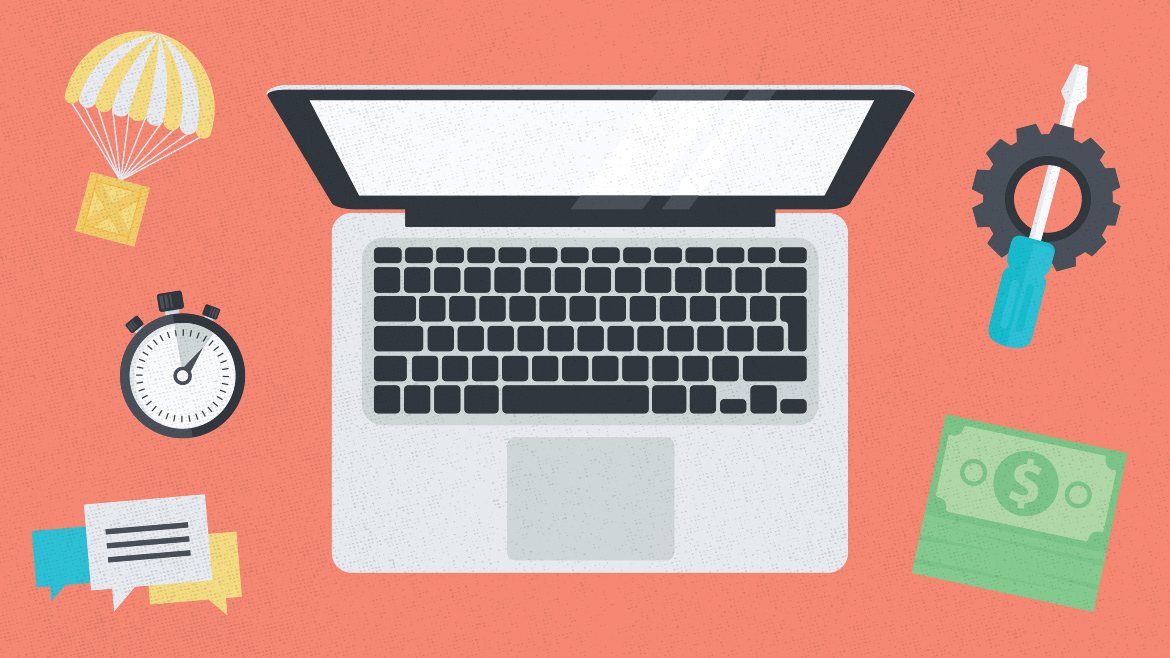Preparing for a Website Design

 Horror stories from jilted businesses wishing they’d hired a different web designer is a recurring theme in my office.
Horror stories from jilted businesses wishing they’d hired a different web designer is a recurring theme in my office.
A few months ago, I had just such a conversation with Jennifer Gardner, assistant store manager of a local small business. She says, “Truly, this web design has been a full-time job. Had I known that going in, I would have gone about the whole process much differently.”
Before starting a project of this size, you just don’t know what you don’t know. Hopefully our combined experience can help shed some light on how to uncover the unexpected. Ask potential design candidates:
1. What can I expect from your design?
Design can mean a lot of things. It’s not just how the website looks, but how it functions as well.
Will it be a custom design or a template site? A custom design generally takes longer than modifying a pre-designed template. Clarify which option is included in your proposal to make sure you’re comfortable with the level of consultation and customization.
Will it look good on multiple devices? According to comscore.com, more people use smart phones and tablets to view the Internet than desktop computers. Make sure your estimate includes a responsive or adaptive template that adjusts to display well on multiple devices.
What will I be responsible for (other than the bill)?
One of the most time-consuming tasks when building a website can be writing the content and finding or taking the right photos to represent your company. Know who is responsible for those tasks up front, as well as when the tasks are due and to what standard they need to be completed.
One of the most time-consuming tasks when building a website can be writing the content and finding or taking the right photos to represent your company.
Gardner says you should ask your web designer to clearly define what will be expected of you. “I was totally blindsided by how much work I had to do to get this website up and going, and I was not made aware of that when I signed up. I guess I thought the designer was also a marketing genius who was supposed to know everything about my business. I was not prepared to write every blurb, to find and organize every picture, as well as to find everything needed from my staff.”
2. How much will it REALLY cost me?
How much your site will cost is sort of a big deal. An even bigger deal would be thinking it will cost one amount and then being charged for another.
“If your potential designer is not thoroughly discussing things like additional cost of photography, additional costs of marketing blurbs, what your commitment to the project needs to be, then find another designer,” advises Gardner. “They are not being realistic, and they’re glossing over the reality. Your website may not meet your expectations.”
Is it fixed bid or sliding scale? Read the fine print and determine if the bid is fixed and you’re only responsible for the amount on the contract or if the company can charge you a fixed price plus a certain percent over the estimated price.
How will payments work? Learn about how the website payments will work. Most designers either ask for half down and half upon completion or break the payments into thirds. If you’re being asked to pay for it all up front, that may be a red flag.
Gardner shares: “If expectations and timelines start to sour with a company, it becomes very difficult to ‘cut and run’ if they have a lot of your money. I would say never sign a contract without checking two recent references.”
Are there monthly charges? Also, ask about any monthly charges that will begin during or after the site is completed, like hosting or ongoing maintenance charges.
What’s not included? You may have spoken about a lot of things in your meeting but that doesn’t mean it’s all in the proposal. Sometimes client budgets and expectations do not align perfectly, so initially discussed items are trimmed to meet the budget. Make sure you know up front which of your requests were and were not met within the proposal.
3. When it’s all over… then what?
This question often becomes a sticking point when you’re unhappy with your service provider and seeking to have another finish or maintain the site.
What happens if they don’t fulfill the contract? In most contracts, the payments made to the vendor are non-refundable — though if your vendor doesn’t fulfill his or her end of the bargain, you may want to negotiate a refund, or at the very least, paying in installments so you can decide not to make any more payments.
Gardner advises, “If you have done your part and your designer starts to miss deadlines, do not let it get out of hand. Be direct and revisit your signed contract. Worst case scenario, demand a refund and find another company.”
Can you update the website on your own? If you’ll be able to update the site on your own, make sure they give you a username and password to do so. Clarify what type of training is available and if it is online, in person or in a printed guide. Also determine how long training is available without an additional charge and how many people can attend.
Who owns what? If your vendor owns the site after it’s completed, it’s difficult to switch vendors. Be on the lookout for this, especially if you’re only paying a low monthly rate for your site. This often indicates you’ll be using a proprietary software to create the site and you may not be able to transfer the site away from their service once it’s completed.
Do your due diligence and ask before signing the dotted line! For more information to prepare you to make an educated decision, download our free Design Company Interview Guide at Mayecreate.com.


